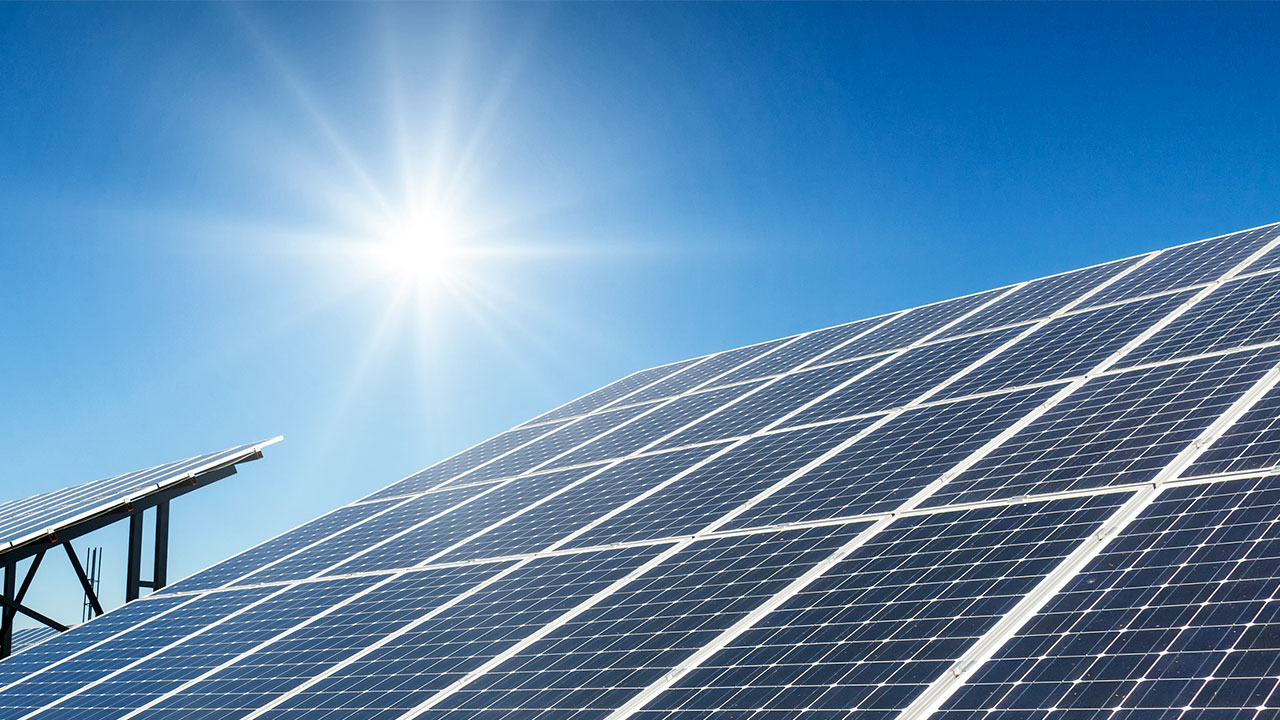Today, however, photovoltaic cells are the main force in energy-saving and environmental protection. These have been useful for the savings of bills at the individual household and business levels and also to save carbon emissions as their power requirement is relatively less, which supports environmental protection. This article will detail from the principles of photovoltaic cells, followed by workable AC-DC differences, energy-saving efficiency analysis, practical application and economic benefits.
Working Principle of Photovoltaic Cells: How to Convert Sunlight into Electricity
These photovoltaic cells process the sunlight through the photovoltaic effect and generate electricity. More specifically, when photons in the photovoltaic cells collide with the semiconductor material (like silicon) they give electrons energy and make them break free from their atoms and result in an electric current. An average solar panel system of photovoltaic cells may result in around from 150-200 watts per square meter. If a family installs a 20 square meter photovoltaic cell board, then in theory, it can generate 3000 to 4000 watts of electricity per day, which means that providing the power to ten lights of the house with continuous use of its strength is equivalent to 3–4 hours.
The global average conversion efficiency of photovoltaic cells is 15% to 20%, and the highest efficiency of photovoltaic cells in recent years is over 23%. Photovoltaic cells, an enabling technology for Tesla's acquisition of SolarCity, have plummeted in price over the past decade by more than 80% of their previous figure.
AC and DC: How Do Photovoltaic Cells Connect to the Grid
Most people use alternating current (AC), whereas the majority of photovoltaic cells generate direct current (DC). Thus inverter is needed to convert DC into AC. A typical 5kW solar system containing an inverter is usually around 95% -98% efficient; only 2%-5% of the power generated goes into this loss.
For instance, a 5 kilowatt (kW) photovoltaic system can yield approximately 25 kilowatt-hours of electricity each day during a year with a daily average of at least 5 hours of sunlight. After inversion, this power is 23.75 kilowatts per hour of effective electricity for home supply. It manages to greatly reduce the use of grid electricity and receive discounts on its electricity bill.
Energy Efficiency of Photovoltaic Cells: How to Maximize the Use of Sunlight
Photovoltaic cells are usually attached to roofs, but the efficiency of such devices is strongly dependent on the mounting position and angle. The data suggests that a south-facing tilt angle of 30o can take in the most sun for its photovoltaic cells, whereas east-west arrangements may lose up to 10% to 20% efficiency. Moreover, regular cleaning of dust and dirt on photovoltaic cells' surfaces can raise power output by 5 to 7%.
In China, an average family installing a 5-kilowatt photovoltaic power generation system can save between 5000 and 7000 yuan per year (depending on the cost of electricity and sunshine level in different regions) without... The household can save about 150,000 yuan of electricity cost through the photovoltaic cells during its lifespan of 25 years.
Economic Benefits of Photovoltaic Cells: Initial Investment and Long-term Returns
Even though the photo voltaic cells are expensive in their drawing board, however as soon as they begin functioning and extracting solar power into electricity along with also storing them in batteries, the quantity of cost power will get very little indeed. For instance, the installation price of a 5-kilowatt photovoltaic system is roughly 50,000 yuan as well, and the expense without federal government aid can usually be melted down in 7 to eight years. If the reduced electricity fee is calculated at 6,000 yuan per year, compared with other interest-free financing methods that can be safer and more worry-saving for families in Rhine Valley Village to save electricity over 25 years, household photovoltaic systems when solar machines The key parameters are still relatively stable and optimal, as evidenced by the repayment period of household photovoltaics up to three times.
Moreover, the installation of photovoltaic cells not only being advantageous for economic reasons but also has higher property value. Scientific studies have shown that the average premium across all homes in the U.S. is $4,000 per kilowatt for having a photovoltaic system based on data from NREL US National Renewable Energy Laboratory(records). A home value can jump by $20,000 for every 5-kilowatt photovoltaic system installed.
Practical Applications and Development Trends of Photovoltaic Cells Globally
In recent years, the global photovoltaic end market has been growing rapidly. The Global annual growth in new photovoltaic installed capacity has exceeded 20% over the world, and in 2023, it passed 200 gigawatts annually, according to data from the International Energy Agency (IEA). China and the United States are among the other largest photovoltaic markets in the world, making up nearly half of its total constituents.
For instance, with its conducive geography and policy impetus, the installation cost of photovoltaic cells in India has fallen to $0.3 per watt — among the lowest around the world. India is anticipated to become the world's second-biggest photovoltaic market by 2030 when installed capacity will exceed 300 gigawatts.
To sum up, photovoltaic cells help individuals and businesses reduce energy saving and emission reduction and are a vital force in pushing forward the worldwide energy turning point. They will have a wider future application prospect bedding on the continuous improvement of photovoltaic cells conversion efficiency and cost reduction.



